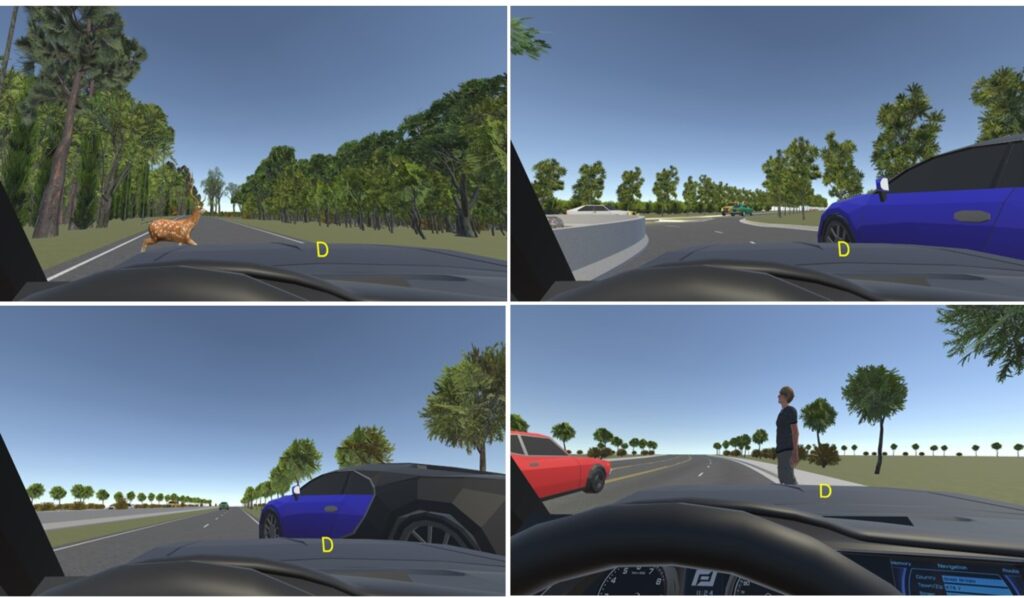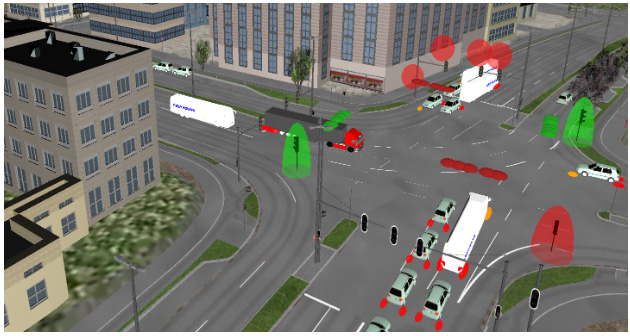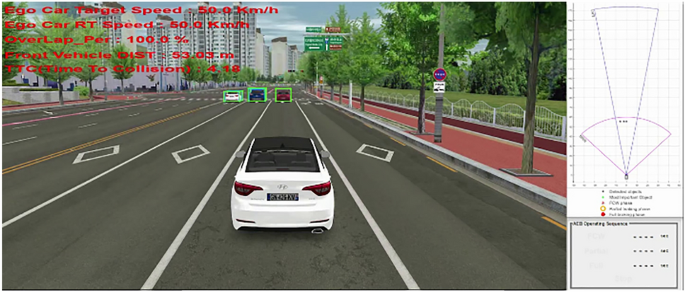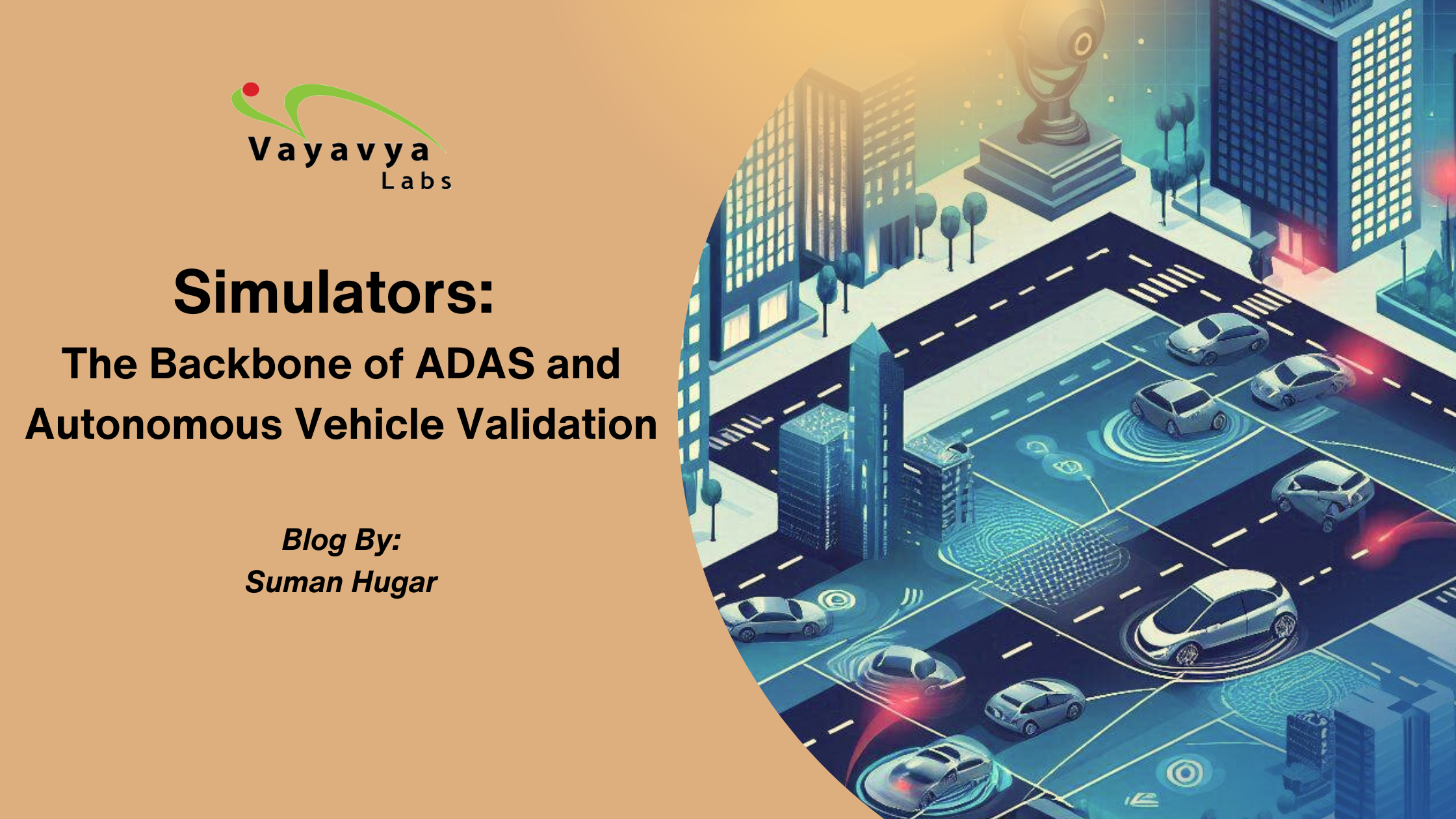Introduction
With the rapid advancement of technology, advanced driver assistance systems (ADAS) and autonomous vehicles (AVs) are evolving at an unprecedented pace. Simulators have become a key element in validating these systems, providing a safe, efficient, and effective way to test and develop them. This blog takes a closer look at why simulators are important for development and how they are driving innovation in automotive technology.
The Role of Simulators in ADAS and AV Validation
1. Safe Testing Environment
Simulators provide a controlled, risk-free environment for testing ADAS and AV systems, which is essential for scenarios that are hazardous or difficult to replicate in the real world.
The Need for Safe Testing Environments: ADAS and AV systems must be thoroughly tested under a variety of conditions to ensure their safety and reliability. Physical testing in real-world scenarios can be dangerous and impractical, especially for scenarios involving hazardous conditions or unpredictable variables.
Key Benefits:
- Risk-Free Testing: Engineers can create and evaluate dangerous scenarios—such as sudden obstacles or extreme weather conditions—without endangering real drivers, passengers, or other road users.
- Controlled Conditions: By eliminating external variables, simulators ensure precise testing, allowing developers to focus on system performance and safety.
- Reproducibility: Simulators enable consistent execution of the same scenario, crucial for verifying the robustness of ADAS and AV systems under varying conditions.
Example: Testing a vehicle’s collision avoidance system in a simulator allows for the safe recreation of sudden pedestrian crossings or unexpected road hazards as shown in Figure 1. This enables engineers to evaluate system responses without real-world risks, providing immediate feedback for rapid refinement.

2. Cost-Effectiveness
Building physical prototypes and conducting real-world tests for ADAS and AVs can be expensive. Simulators offer a cost-effective solution by allowing extensive testing without requiring multiple physical setups.
The Need for Cost-Effectiveness: Physical testing of ADAS and AV systems involves significant costs related to prototype construction, track usage, and operational expenses. Simulators provide an alternative that reduces these costs while still allowing comprehensive testing.
Key Benefits:
- Virtual Scenario Replication: Simulators can model a wide range of traffic scenarios, from merging onto busy highways to navigating dense urban environments, without the need for physical test tracks or multiple vehicles.
- Reduced Prototype Requirements: Developers can test and refine systems using virtual models, reducing the need for multiple physical prototypes and reducing material and production costs.
- Efficient Resource Utilization: Simulators allow testing numerous scenarios within a single virtual environment, optimizing resource use and reducing overall expenses.
Example: A simulator can model various driving conditions, such as high-speed maneuvers or complex urban navigation, without the costs associated with physical setups as shown in Figure 2.

3. Rapid Iteration and Development
Simulators facilitate rapid iteration by enabling quick adjustments based on simulation results, thus accelerating the development process and enhancing the fine-tuning of ADAS and AV systems.
The Need for Rapid Iteration:
Developing ADAS and AV systems involves complex algorithms and hardware interactions. Traditional testing methods can be time-consuming and labor-intensive, often requiring physical prototypes and real-world trials.
Simulators address these challenges by offering a dynamic environment where developers can quickly test and refine their systems.
Key Benefits:
- Instant Feedback: Real-time testing provides immediate feedback, allowing developers to observe system performance and make swift adjustments.
- Efficient Algorithm Tuning: Developers can rapidly modify algorithms and retest them if a simulator reveals performance issues, accelerating the refinement process.
- Scenario Flexibility: Simulators can recreate a wide range of virtual scenarios, enabling comprehensive testing without physical constraints.
Example: If a simulator shows that an autonomous vehicle’s lane-keeping system struggles with lane markings in low-light conditions as shown in Figures 3 a and b, developers can quickly adjust the algorithms and retest them, speeding up the improvement process.

4. Comprehensive Scenario Testing
Simulators are capable of recreating a broad spectrum of scenarios, from everyday driving conditions to rare and extreme events, ensuring that ADAS and AV systems are equipped to handle various road situations.
The Need for Comprehensive Scenario Testing:
ADAS and AV systems must operate effectively in a wide range of driving conditions, including both common and rare scenarios. Comprehensive scenario testing ensures that these systems can handle unexpected and challenging conditions reliably.
Key Benefits:
- Wide Range of Scenarios: Simulators can model numerous driving situations, enabling extensive testing without physical limitations.
- Adaptability Testing: Simulators recreate extreme conditions to assess how well ADAS and AV systems adapt to unexpected challenges.
- Real-Time Feedback: Immediate feedback allows developers to analyze system performance across different scenarios and make necessary adjustments.
Example: Simulating scenarios such as sudden roadblocks or navigating through construction zones ensures that the system performs reliably in unusual or challenging conditions as shown in Figure 4.

5. Enhanced Data Collection
Simulators provide advanced data collection capabilities, offering valuable insights into system performance across various conditions, which is crucial for optimizing and refining ADAS and AV systems.
The Need for Enhanced Data Collection:
Effective development and refinement of ADAS and AV systems depend on detailed performance data. Traditional testing methods may not provide the comprehensive metrics needed for thorough analysis and optimization.
Key Benefits:
- Real-Time Metrics Tracking: Simulators record performance metrics like vehicle speed, braking distance, and sensor accuracy, offering a comprehensive view of system behavior.
- Performance Analysis: Engineers can analyze data to identify weaknesses and assess the effectiveness of algorithms.
- Informed Improvements: Detailed data allows for precise adjustments and optimizations, improving overall system performance.
Example: Testing an automatic emergency braking system in a simulator provides data on braking distance and response time, helping engineers refine the system based on performance metrics as shown in Figures 5 a and b.


Real-World Applications Across Other Domains
The principles and benefits of simulation extend beyond automotive technology. For example, aviation utilizes simulators for pilot training, allowing practice in emergencies without real-world risks. In the entertainment industry, simulators help create and test virtual environments for video games and movies, significantly reducing costs and development time. Similarly, in software development, simulators enable testing across various devices and operating systems, facilitating rapid iteration and enhancement. In medical research, simulators collect data on patient responses to treatments, aiding in the optimization of protocols. These applications illustrate the versatility of simulators in enhancing safety, efficiency, and innovation across diverse fields.
In essence, simulators have proven to be invaluable tools across various domains, underscoring their critical role in advancing technology and improving outcomes in multiple sectors.
Conclusion
Simulators are indeed the backbone of ADAS and Autonomous Vehicle validation, providing a safe, cost-effective, and versatile platform for testing and refining advanced automotive technologies. They offer a controlled environment for comprehensive scenario testing, enable rapid iteration, and provide detailed data collection, all of which are crucial for ensuring that new systems are innovative, safe, and reliable.
As the automotive industry continues to advance, simulators will remain essential tools in driving the future of technology, helping to create safer, smarter, and more efficient vehicles. Their role in the development process is not merely beneficial but fundamental to achieving high standards of safety and performance.
If you’re eager to explore the exciting frontiers of ADAS Validation and Verification and want to learn more about our groundbreaking initiatives reach out to us!
